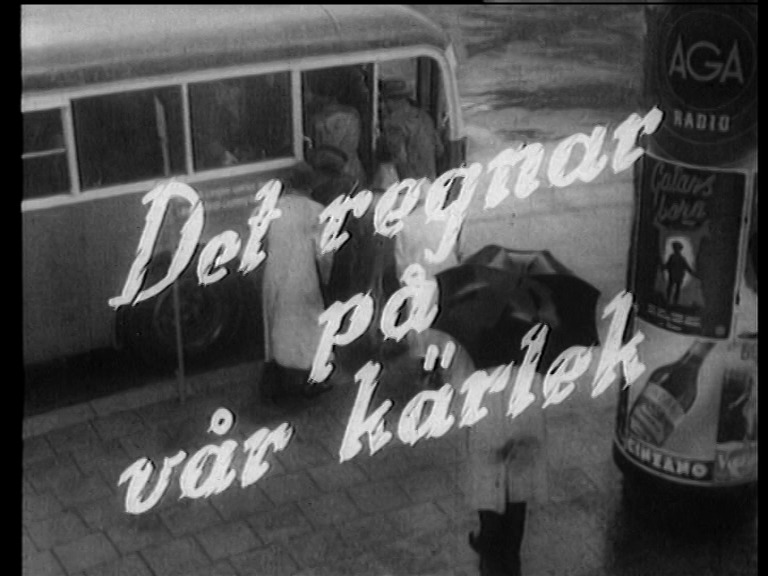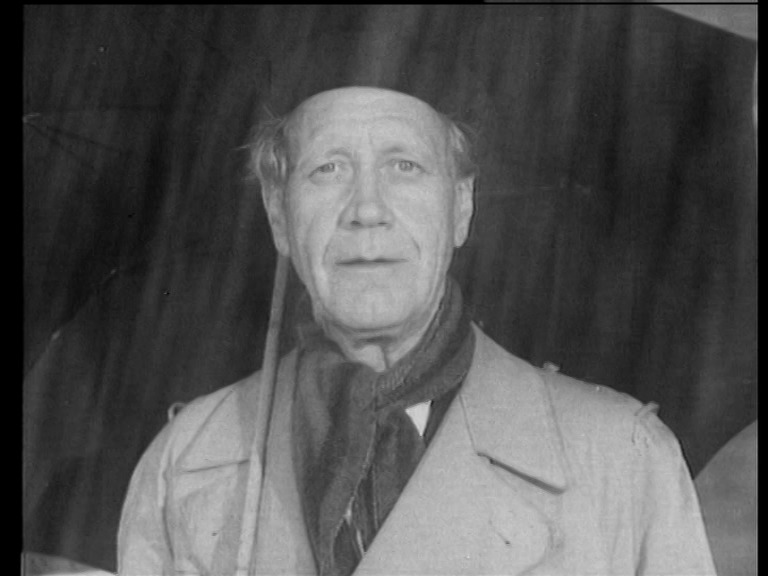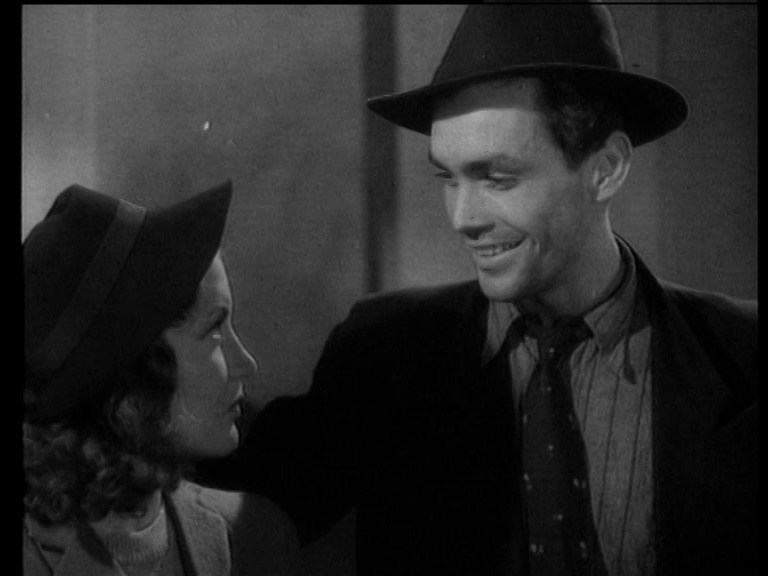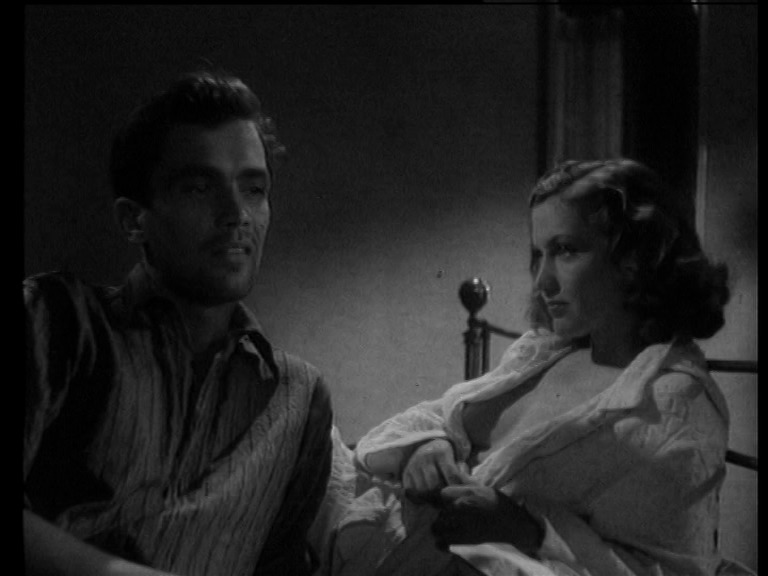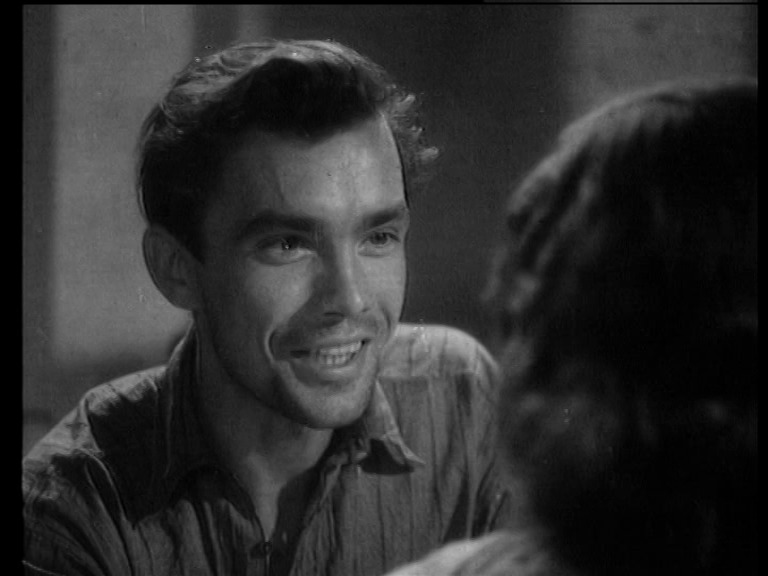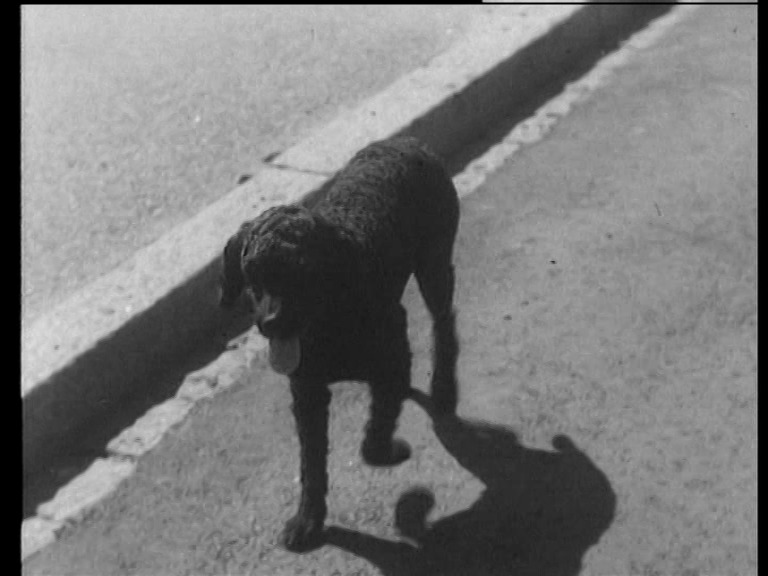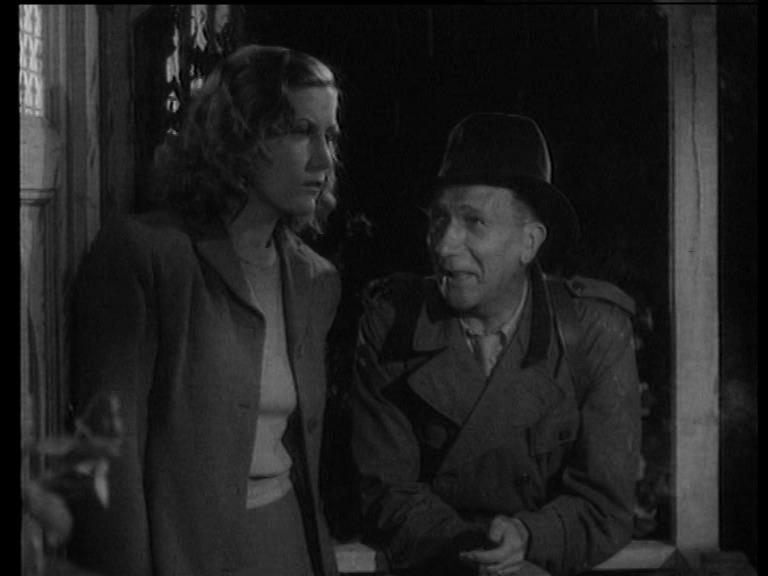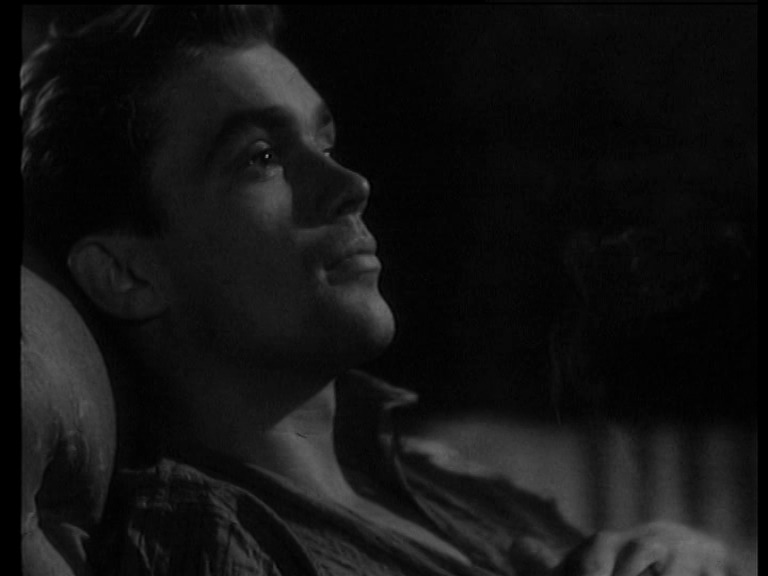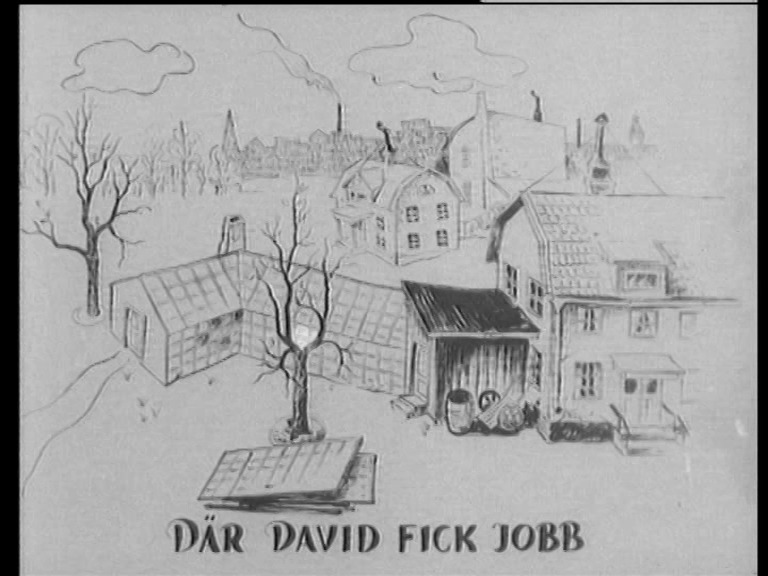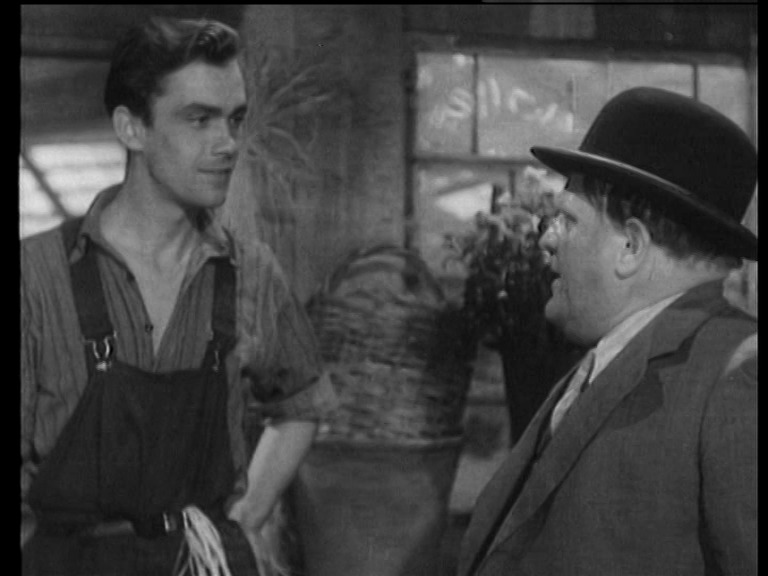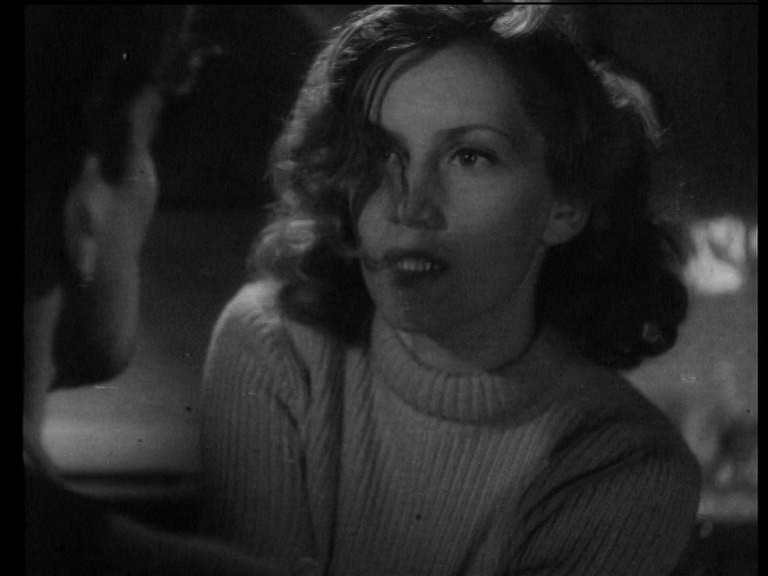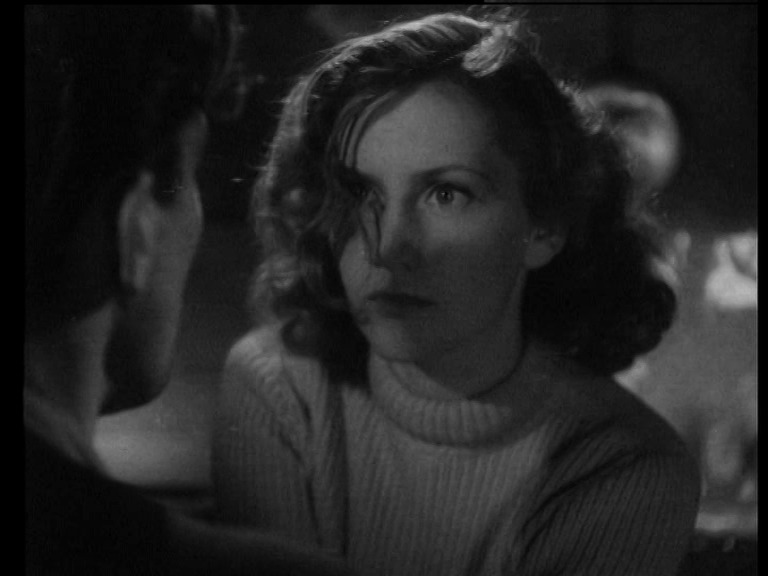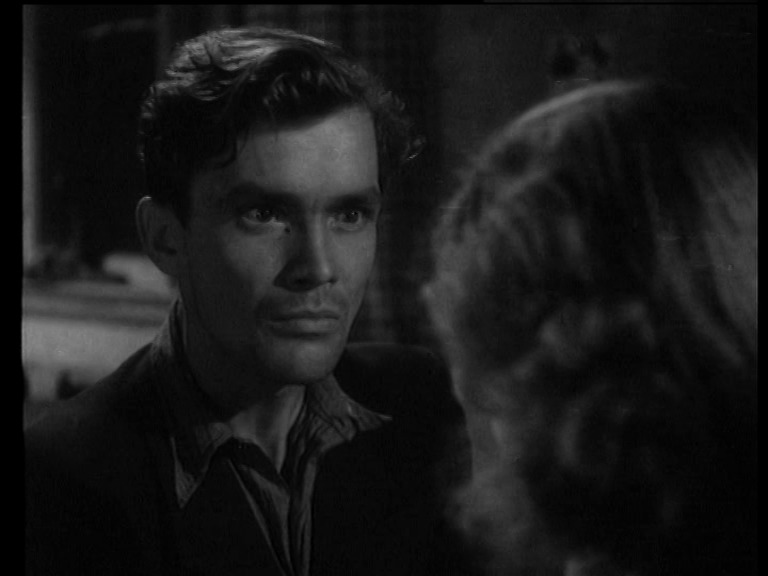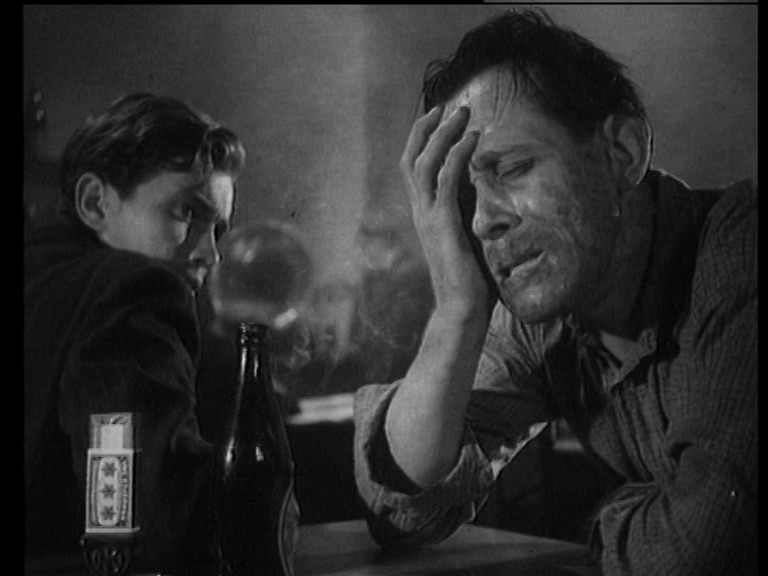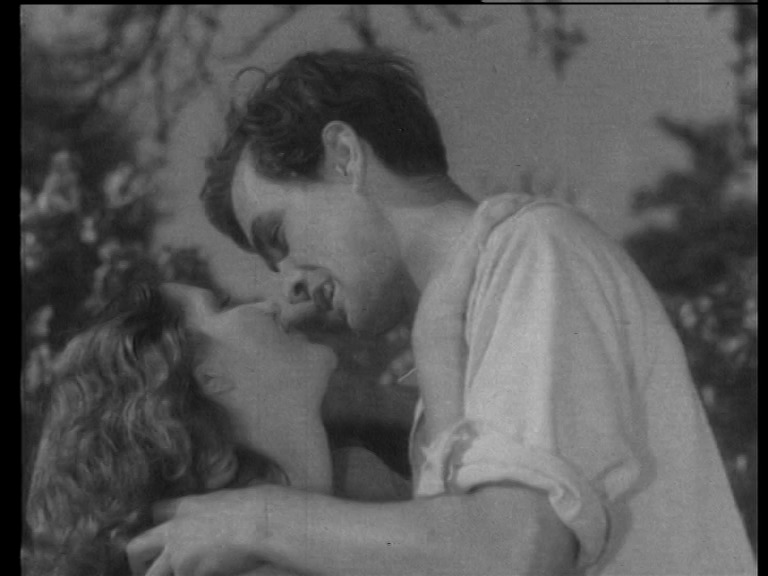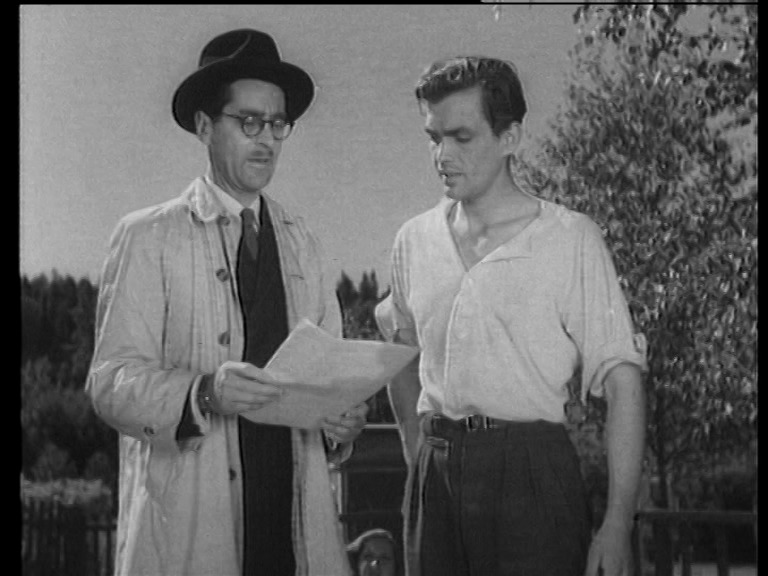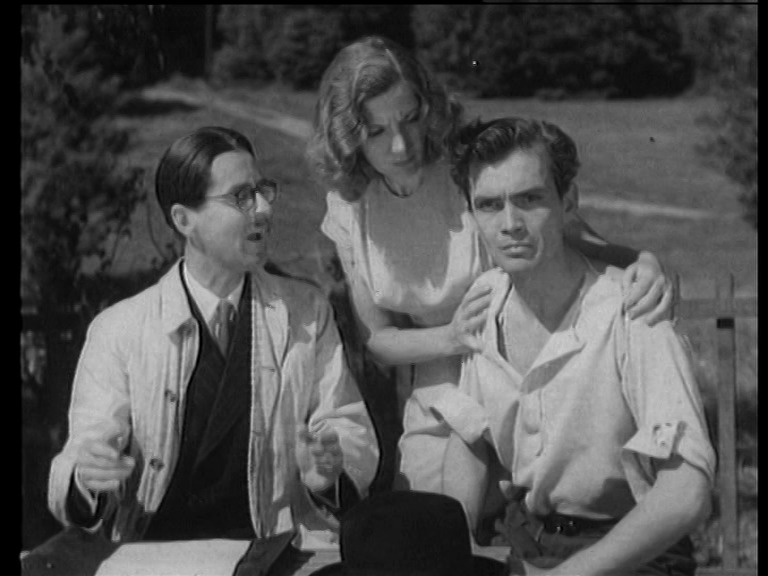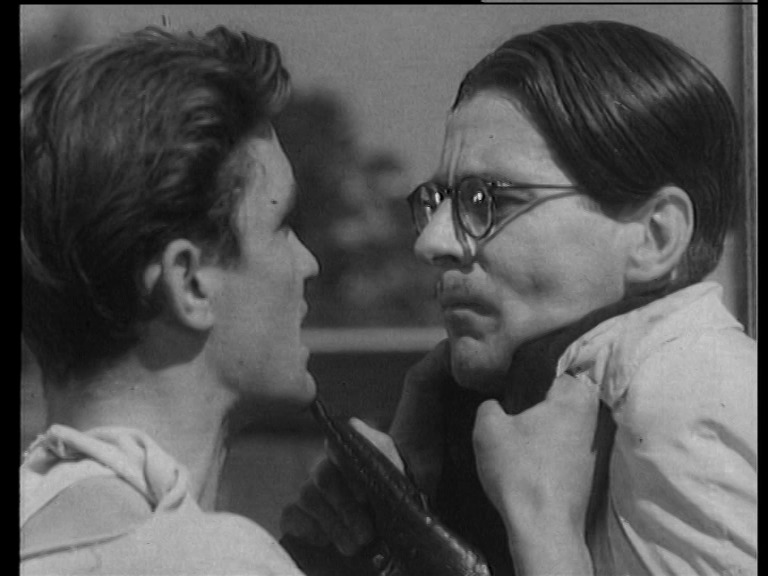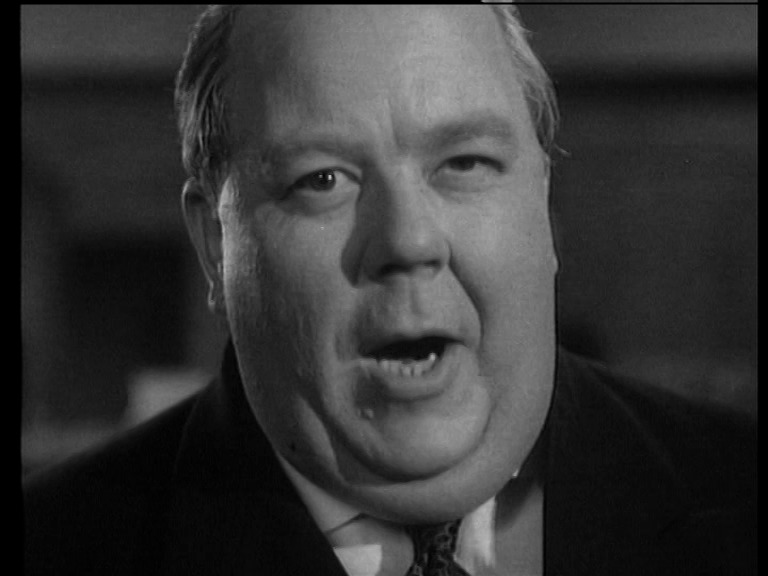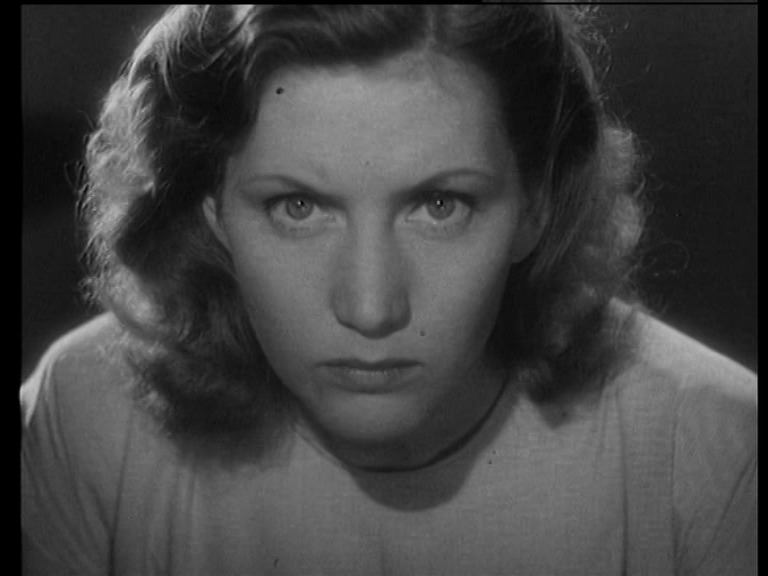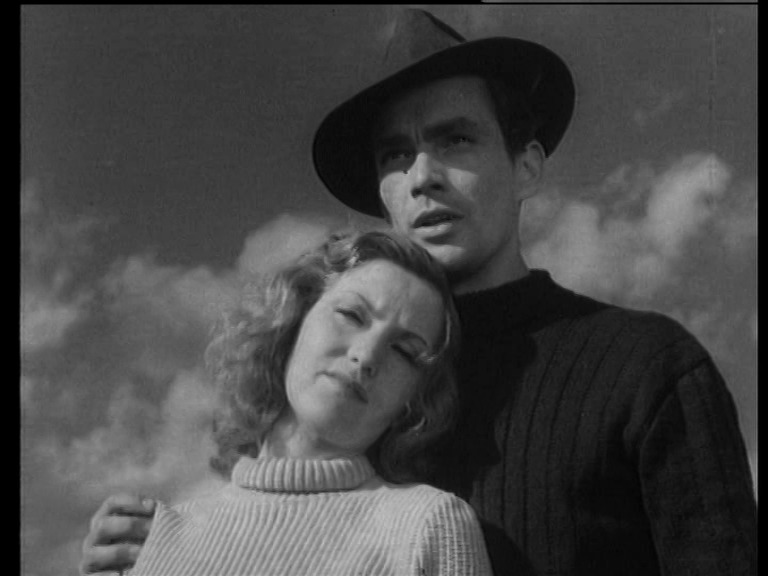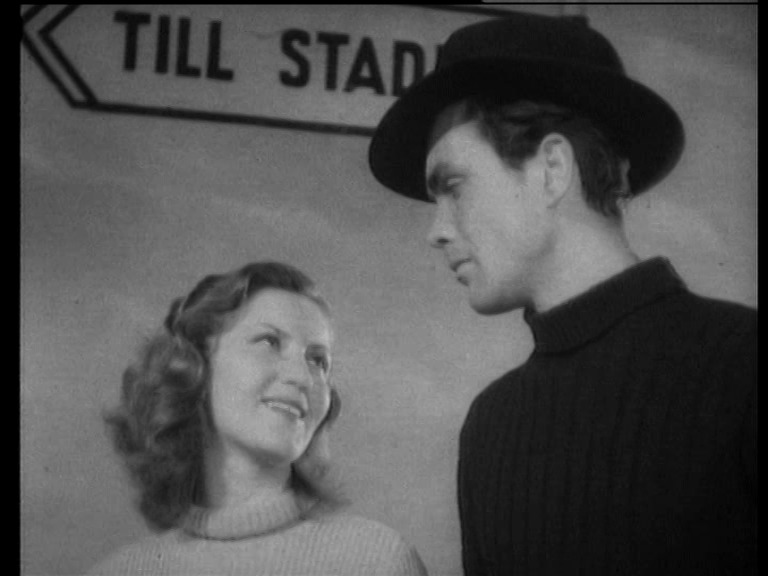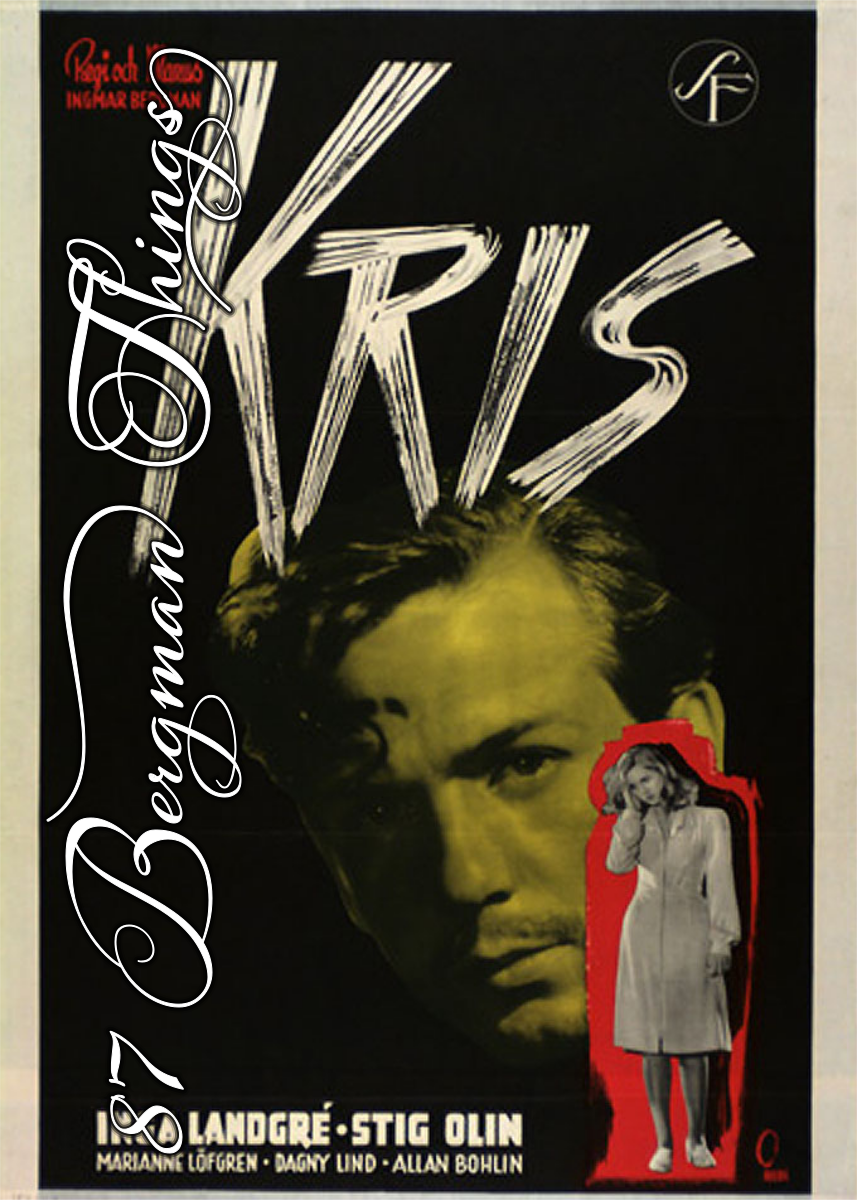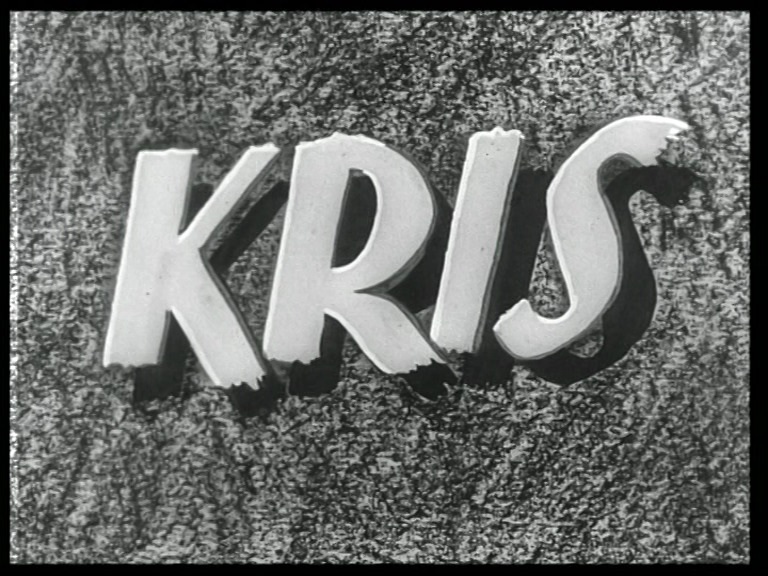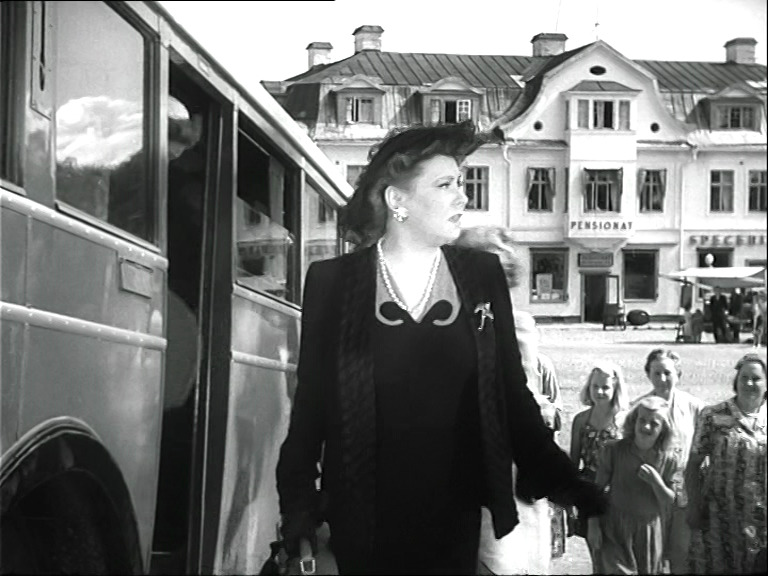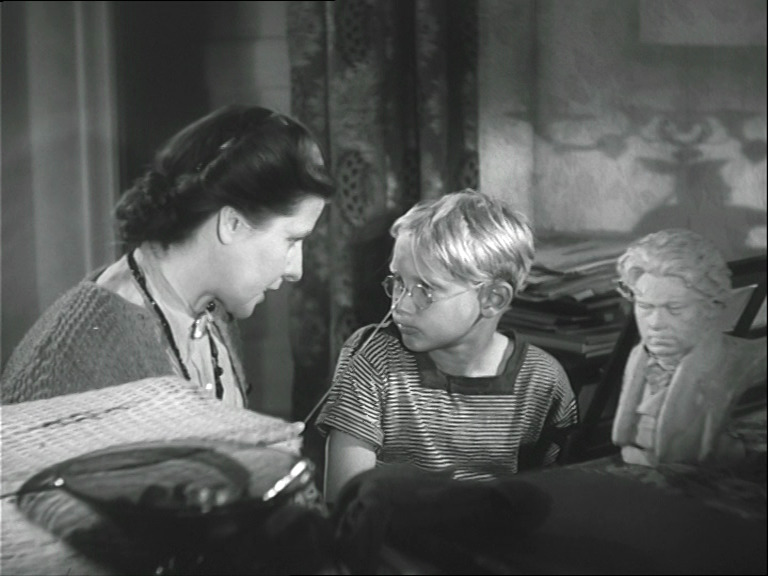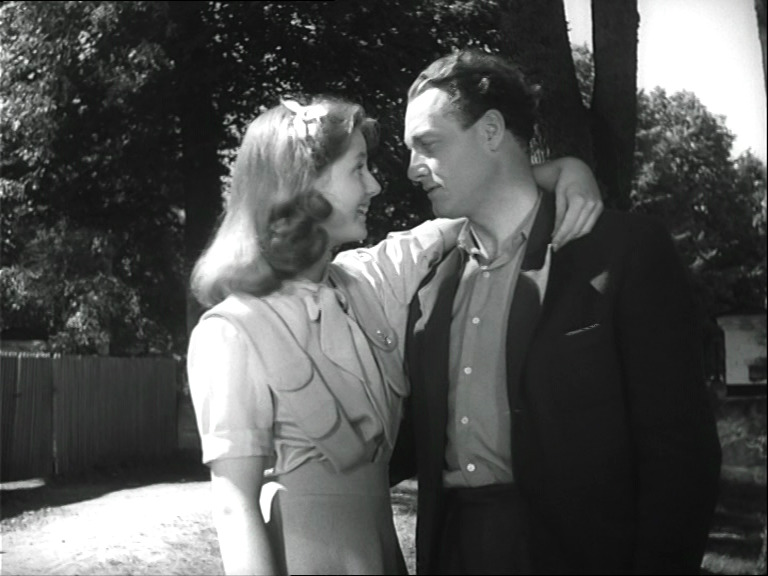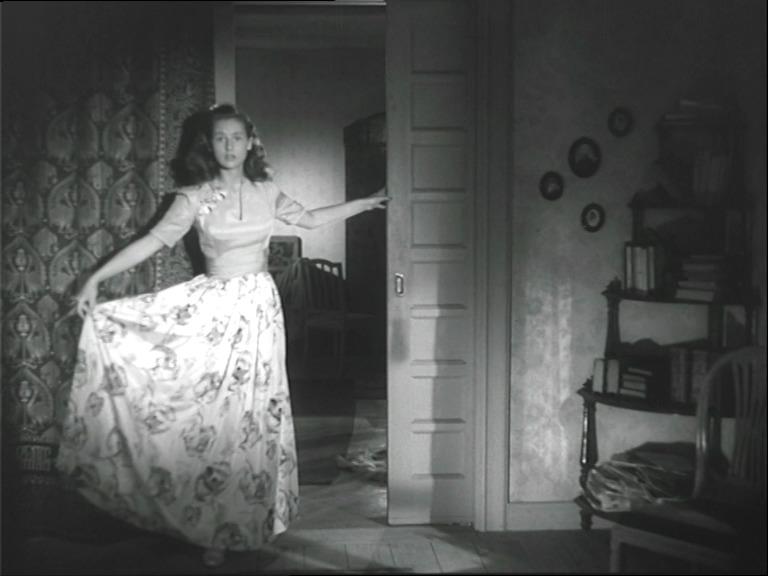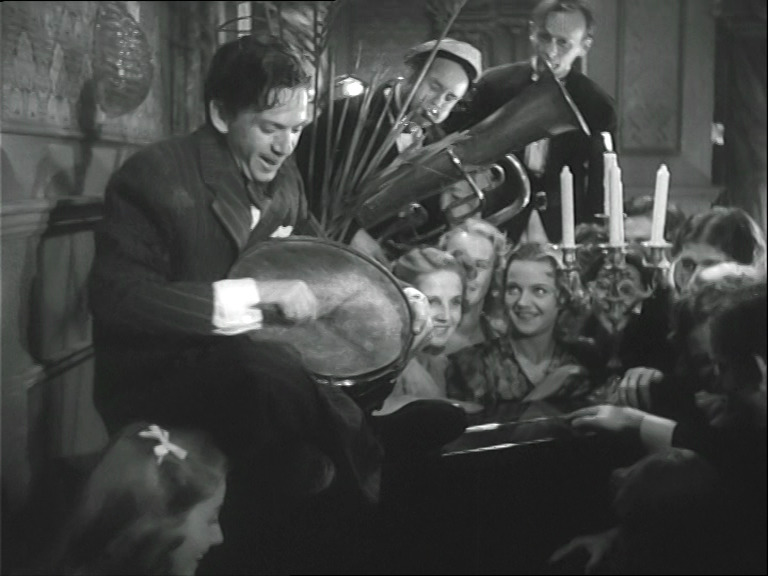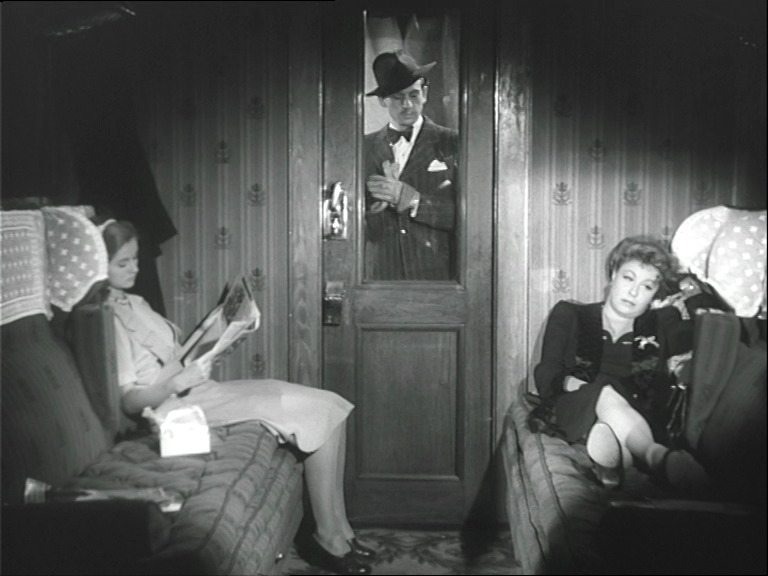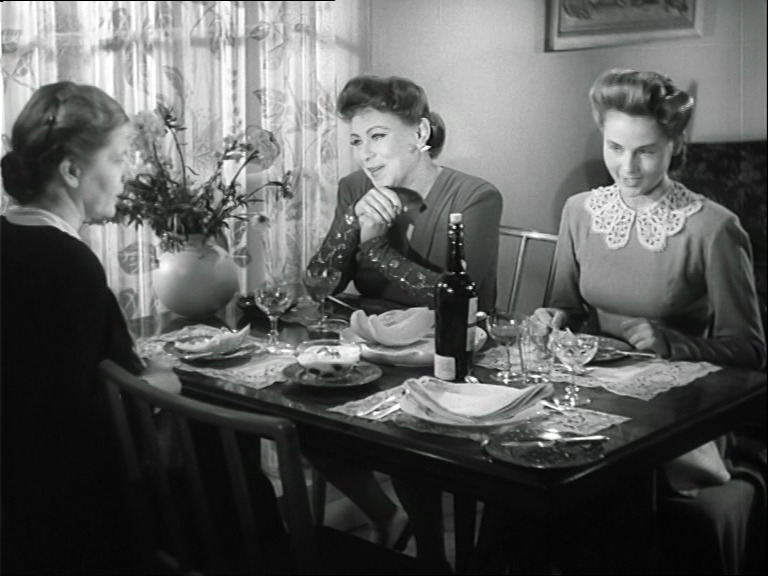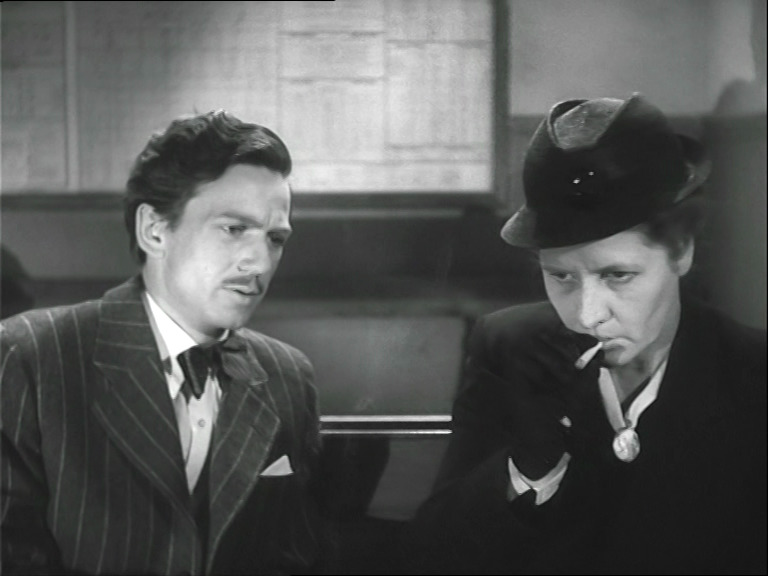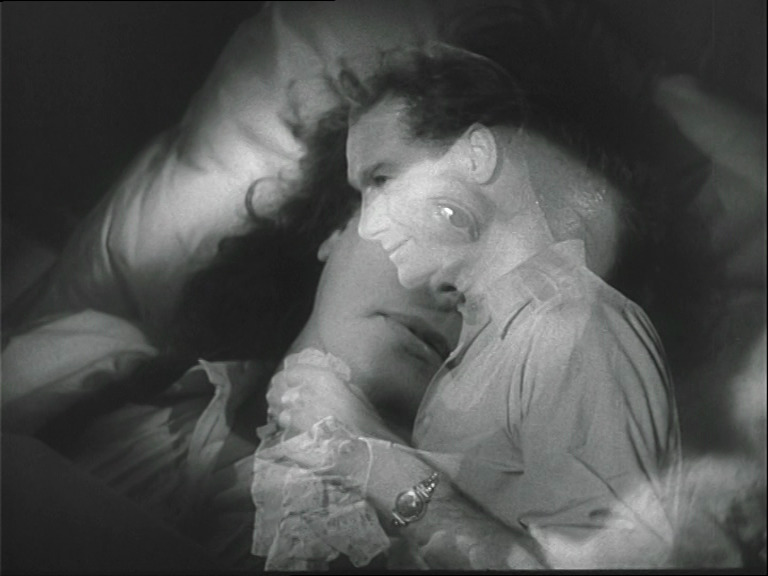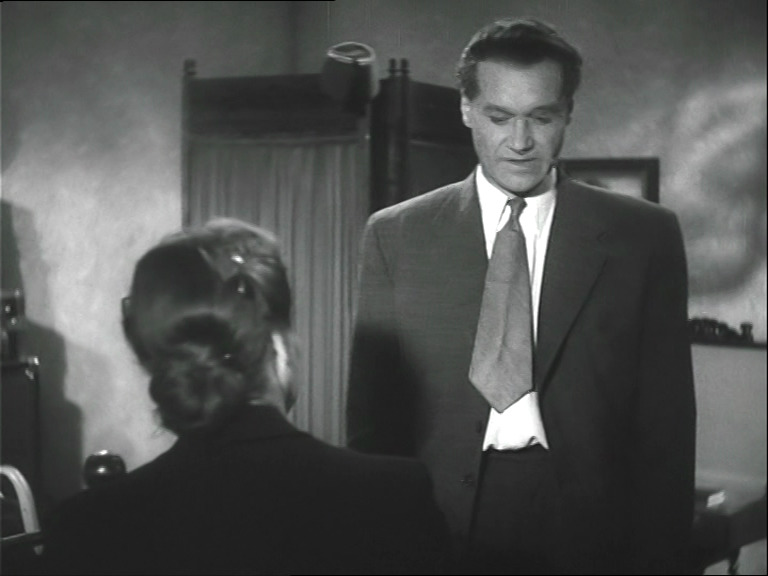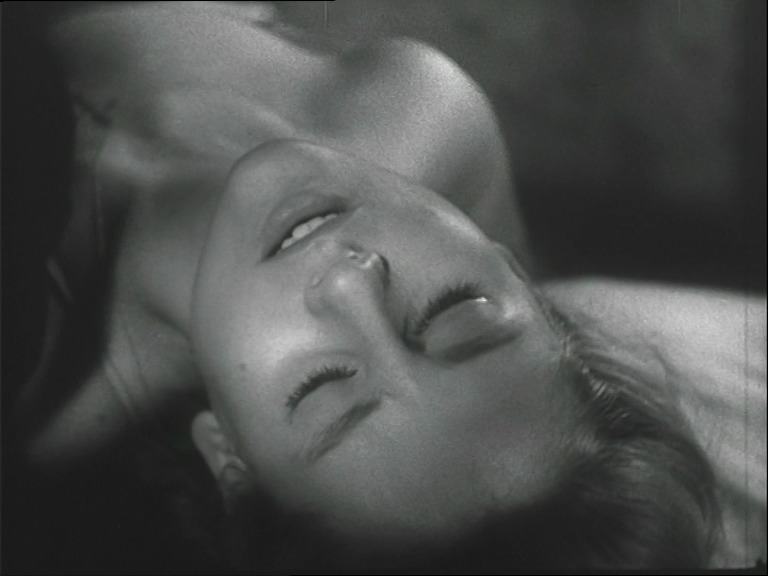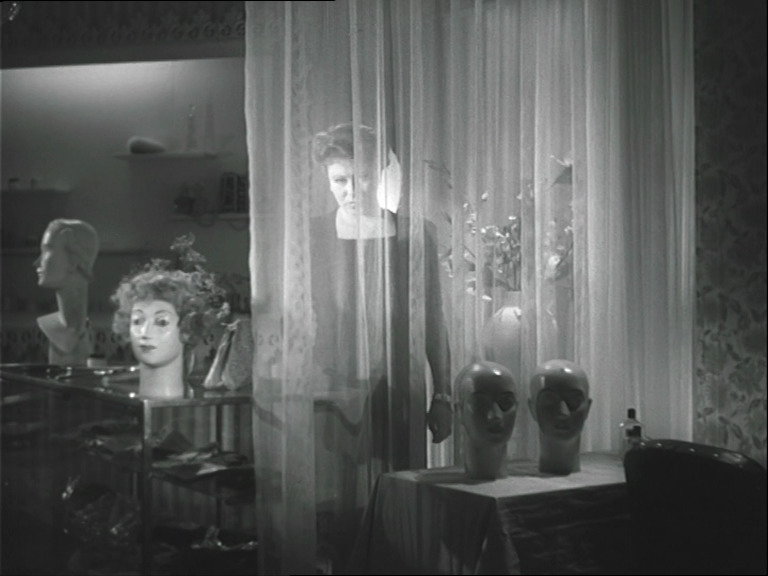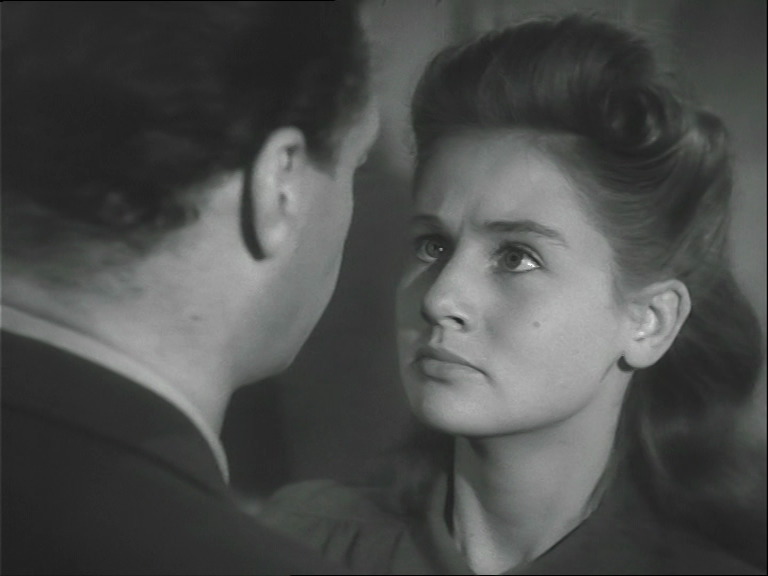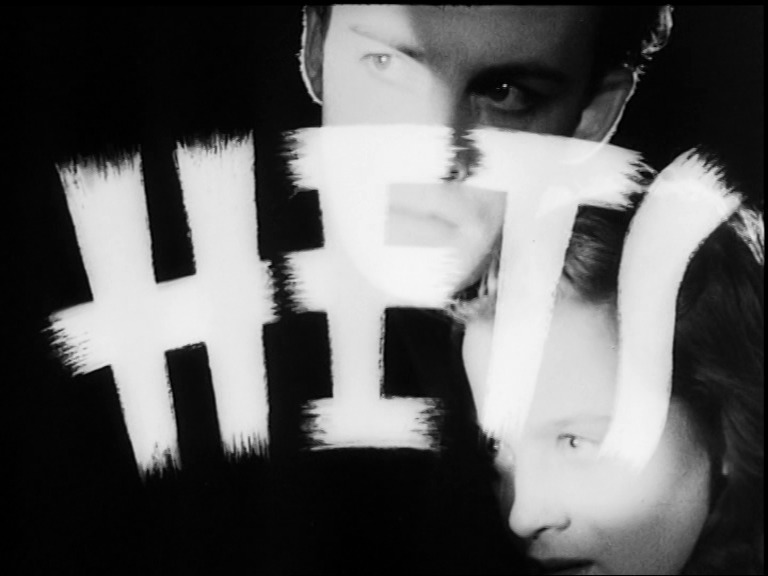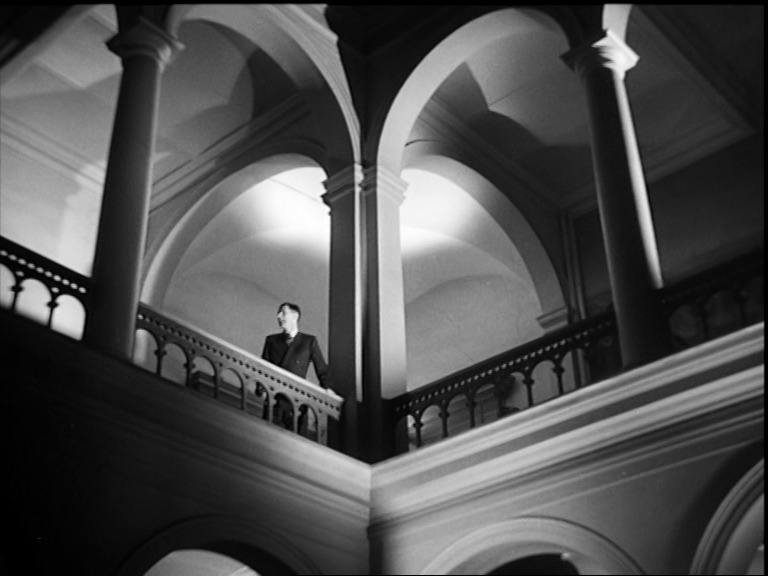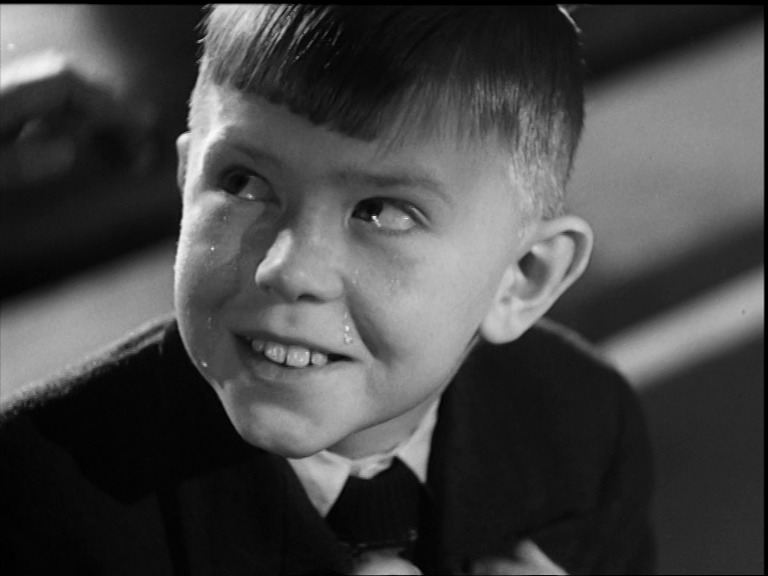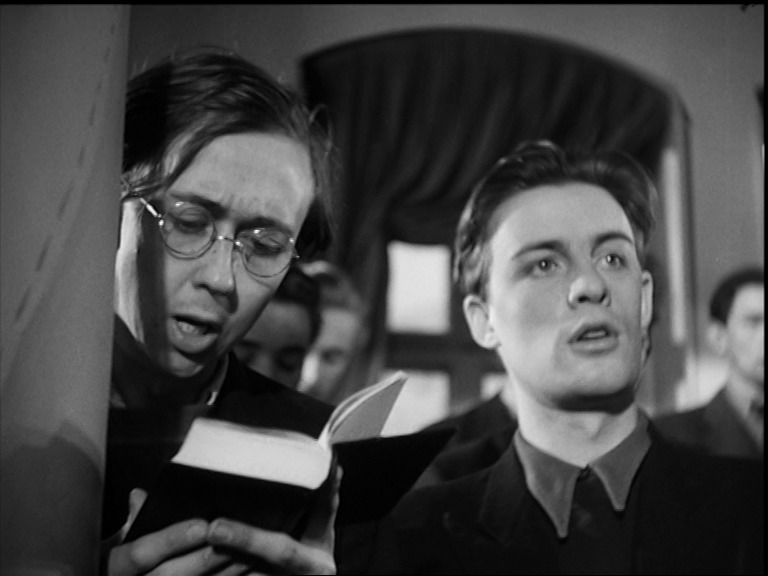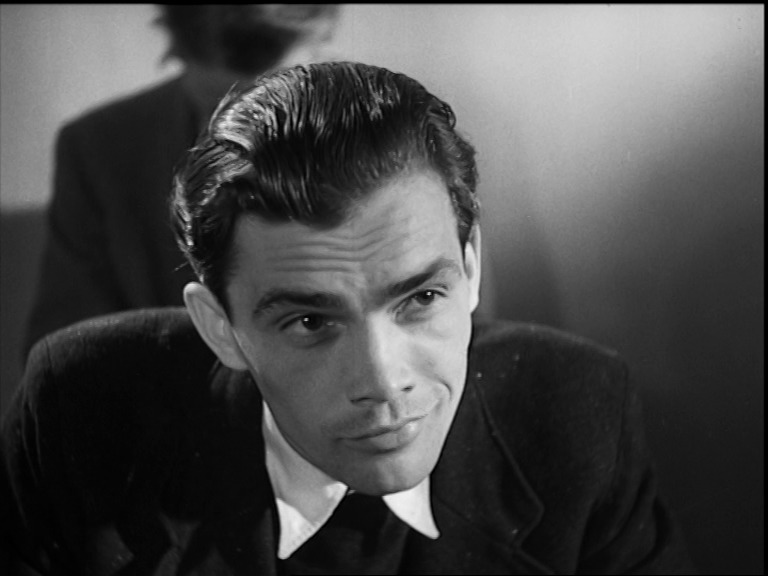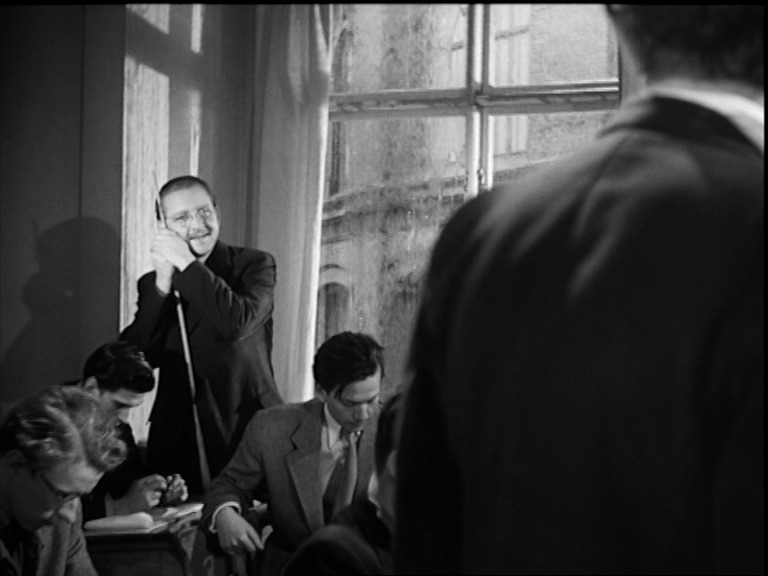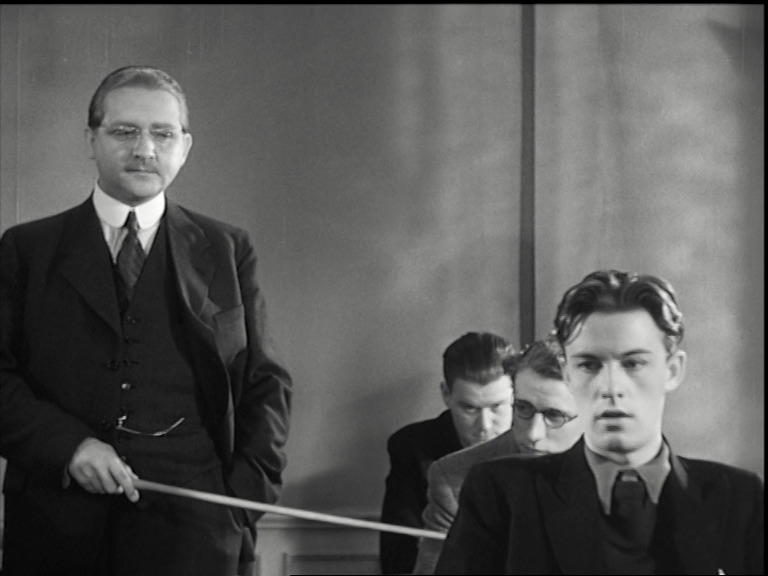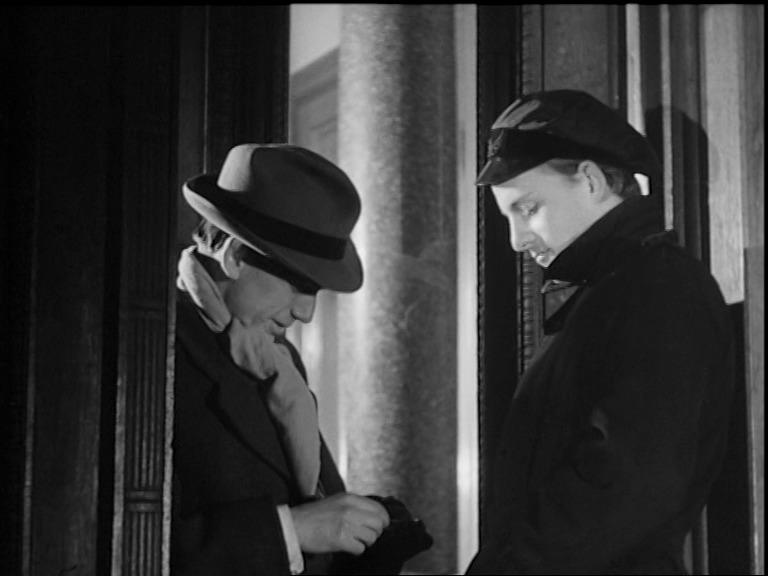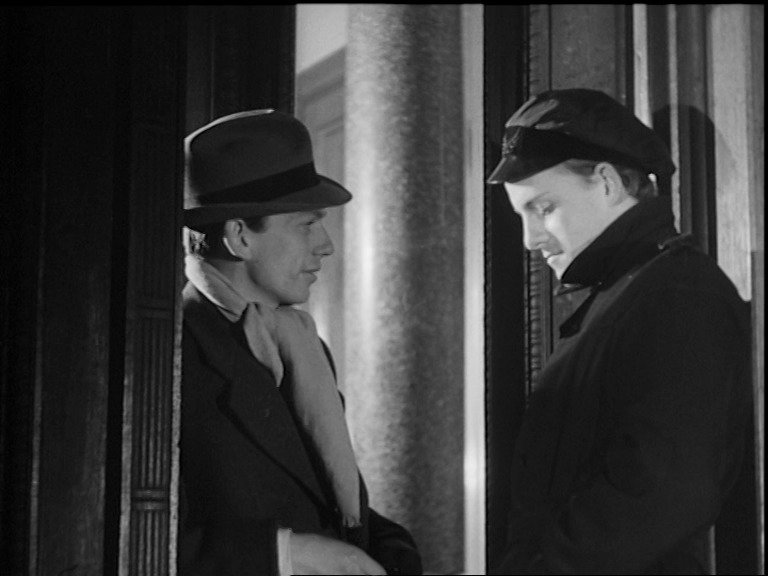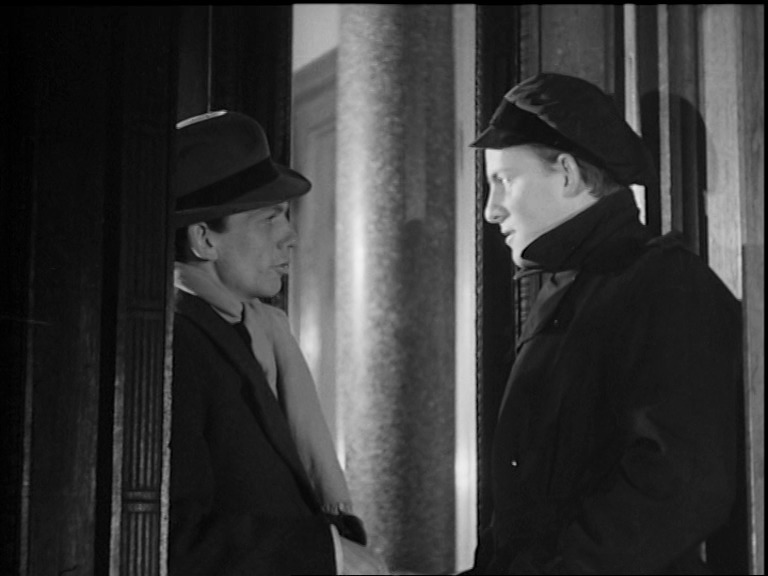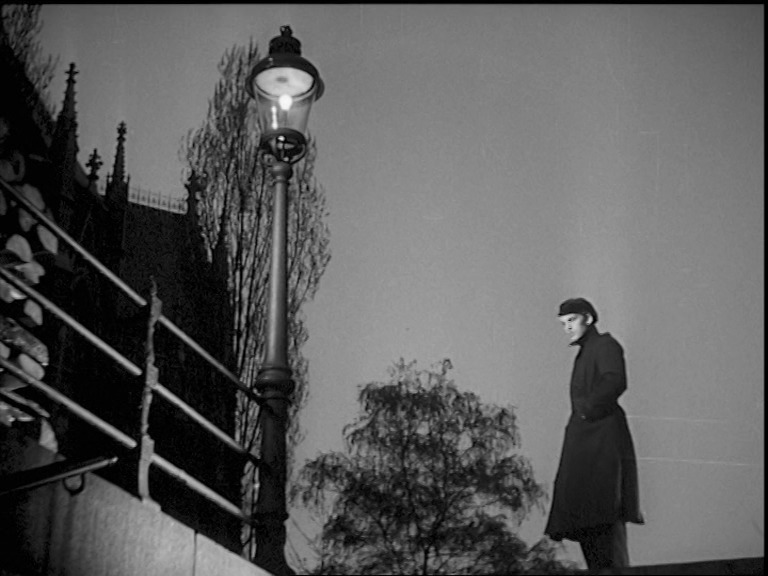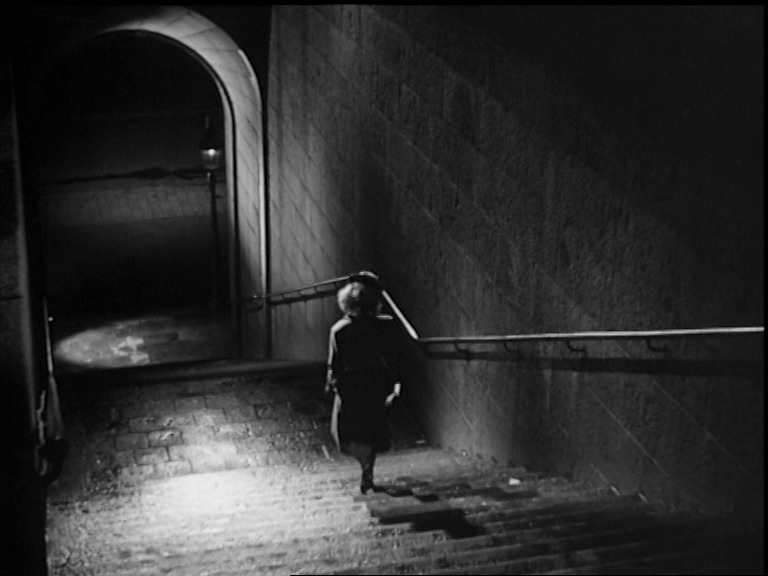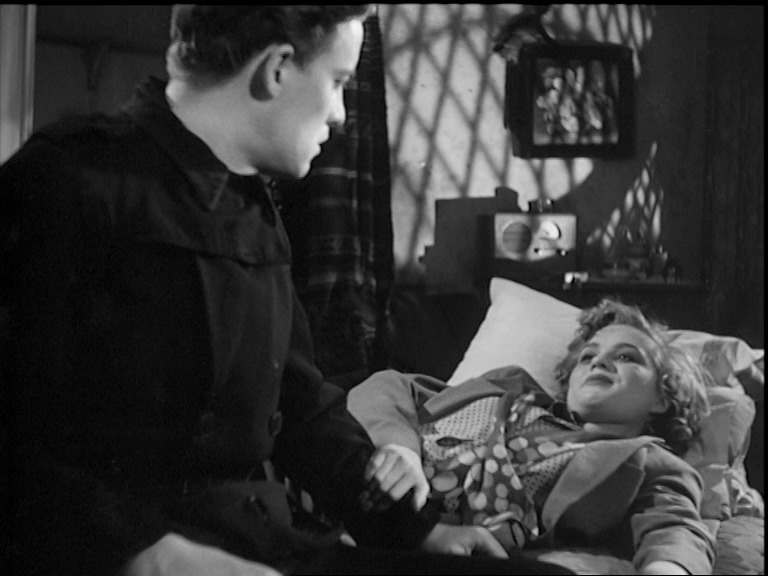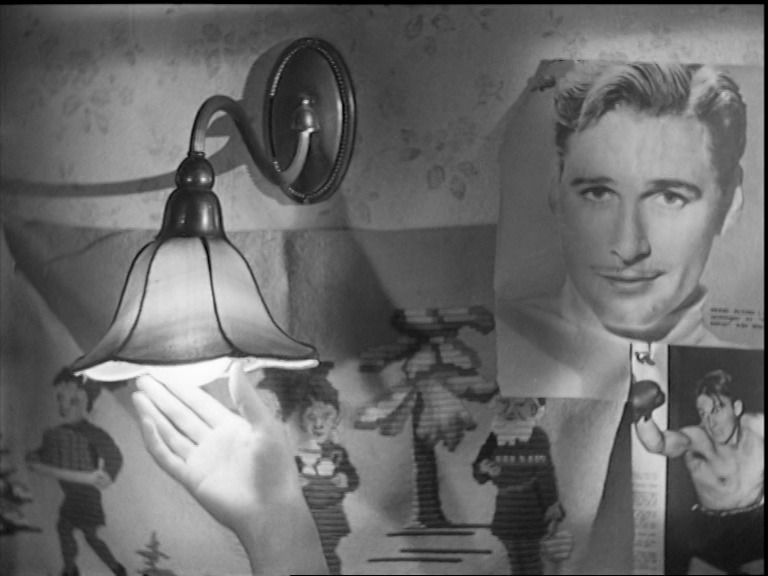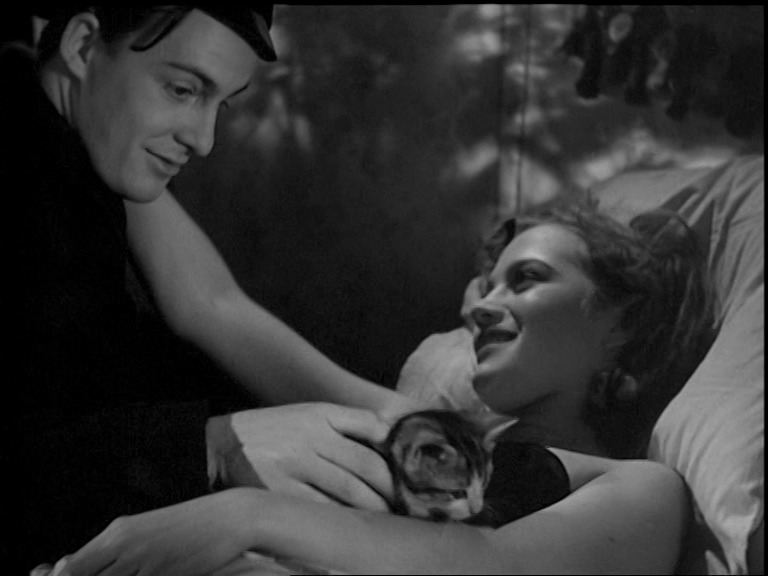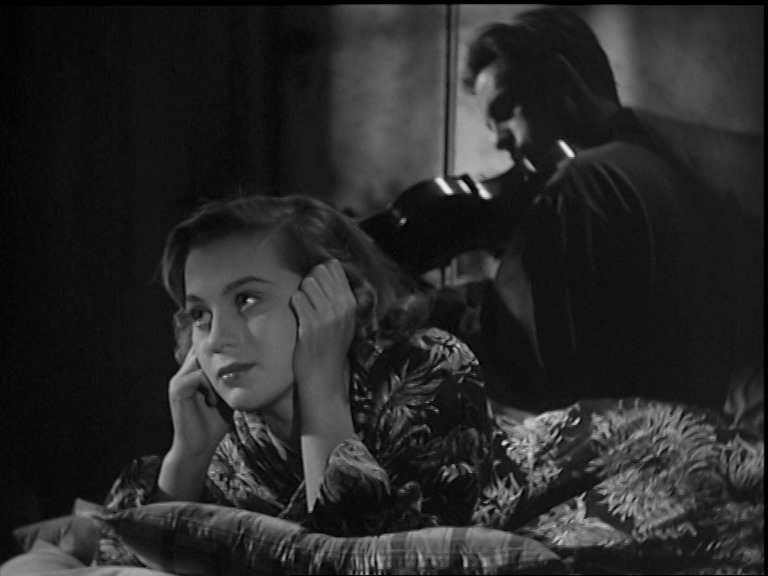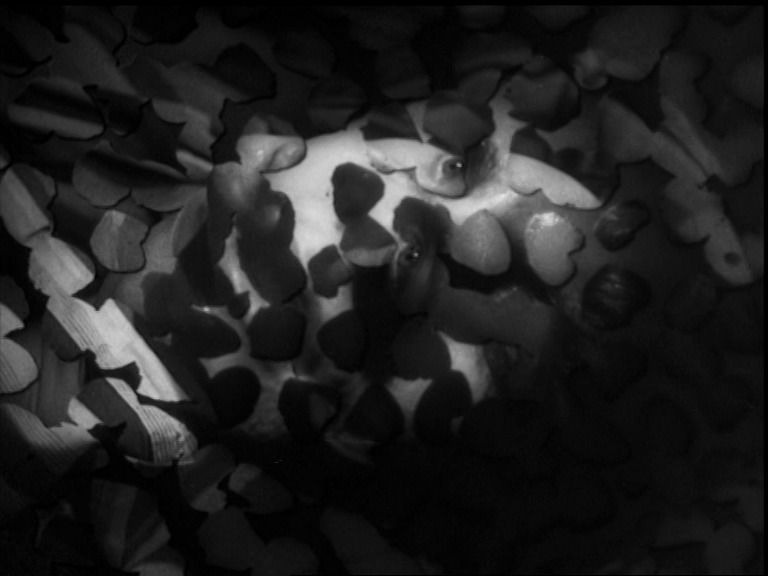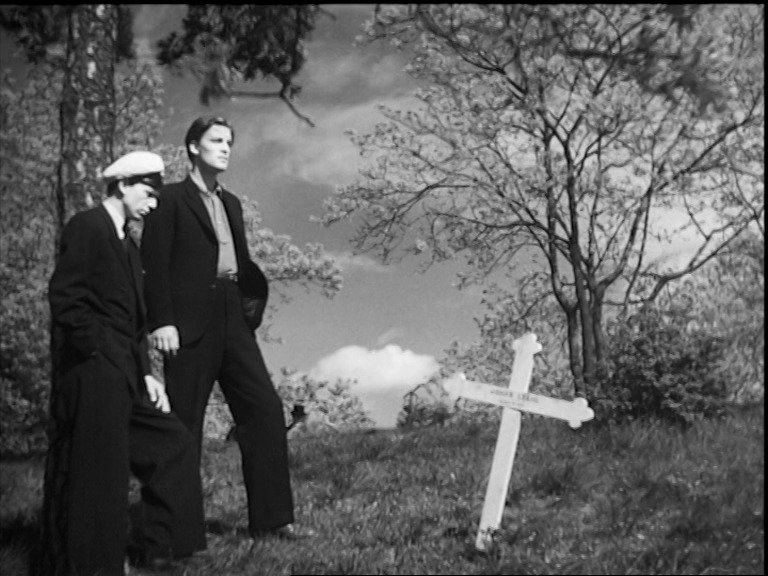
Ingmar Bergman. There’s nobody more jolly, so I’ve long wanted to (re-)watch all his films. But every time I’ve poked around to find a convenient way to do that, I’ve been discouraged by the spotty way his filmography has been made available: One film here; three films on this box set; five on this (with one overlap with the first one)… It just seemed exhausting.
I had kinda expected some enterprising Swede to get a government grant to create An Extremely Complete Bluray Box, but apparently the Swedes aren’t proud enough of their most famous person to do that…
In 2006 Tartan released a 30 DVD box set, but getting a copy was like £££. (That’s about 20% more than $$$.) It apparently went out of print toot sweet because Tartan went under. But, finally, this December, Palisades (who bought up the remnants of Tartan) made a new edition, and I got one, so now, surely, I could sit down and get jollified!
Then I started looking at the list of films included… “Hey… this doesn’t have that film… or that other film… HEY! THIS ISN”T COMPLETE!”
But, of course, it made no promise to be. I just assumed. So my OCD kicked in and I started poking around, and got the rest of the films on single DVDs. Which brought the total up to about 55. And then I started looking into his TV stuff, which a very nice person in France is selling bootleg ..DVDs of. (Isn’t that wonderful? That such a thing still exists in these torrenty days?)
And then I started thinking about the documentaries and shorts Bergman had made; some of which are available from Swedish TV (if you use a VPN terminated in Sweden; haha! me so haxorz), and then I found a torrent collection that included lots of other bits and pieces.
Which brought the total number of Bergman films, plays, operas, ad camplaigns, documentaries and shorts up to… *gulp* 87.
There are 8 items I’ve been unable to locate, but let’s just say that this is complete. Enough. It’s complete enough. *nervous OCD eye tick increases*

Let’s see if I can watch them all this winter.

